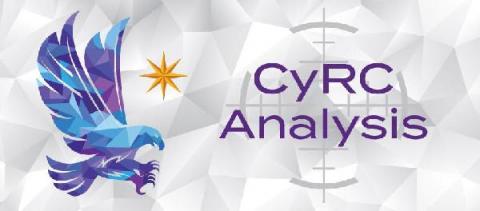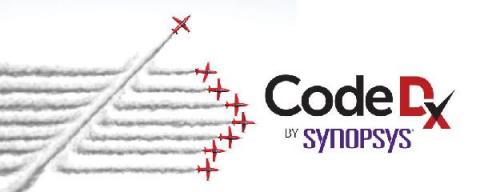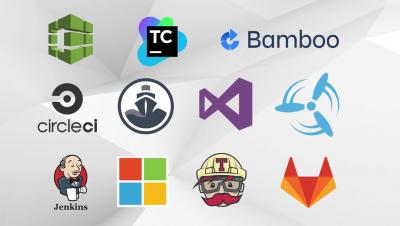Optimizing software composition analysis for developer workflows with Black Duck Rapid Scan
Black Duck Rapid Scan enables developers to check for security or policy violations without disrupting development process. When the first software composition analysis (SCA) tools made their entrance into the market, their focus was on license compliance. As open source grew in popularity, SCA tools expanded to include vulnerability management, helping to reduce the attack surface for organizations leveraging open source.








